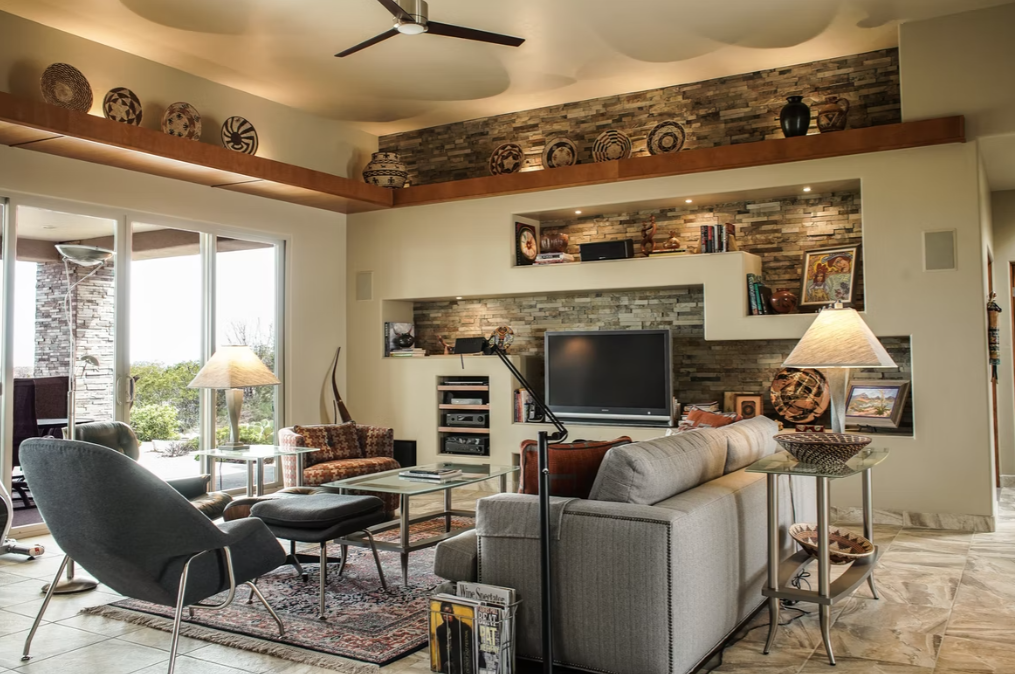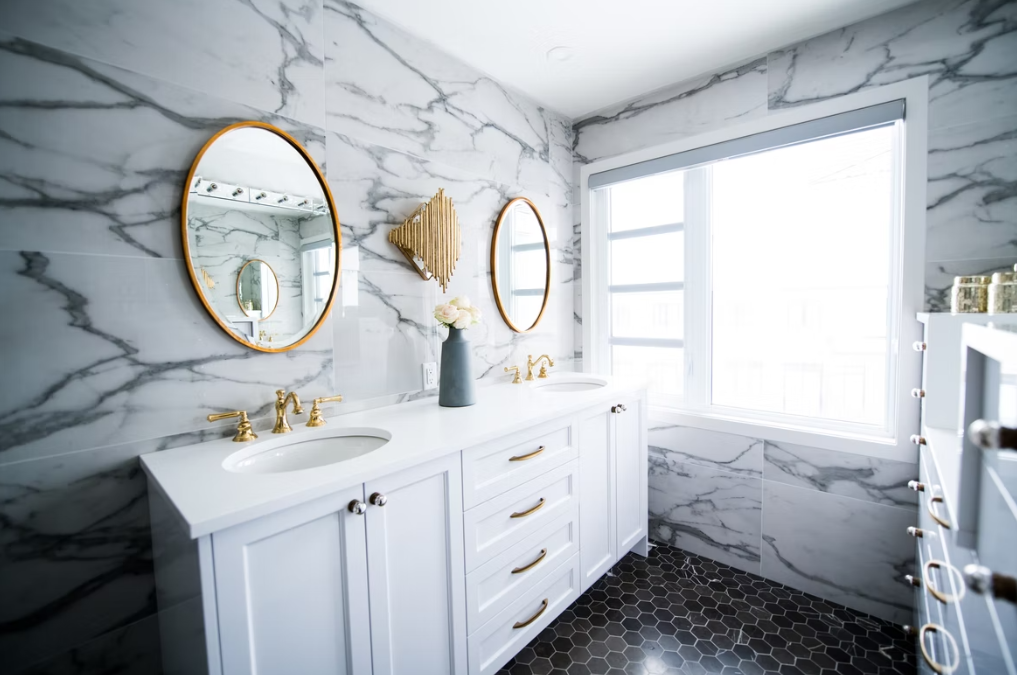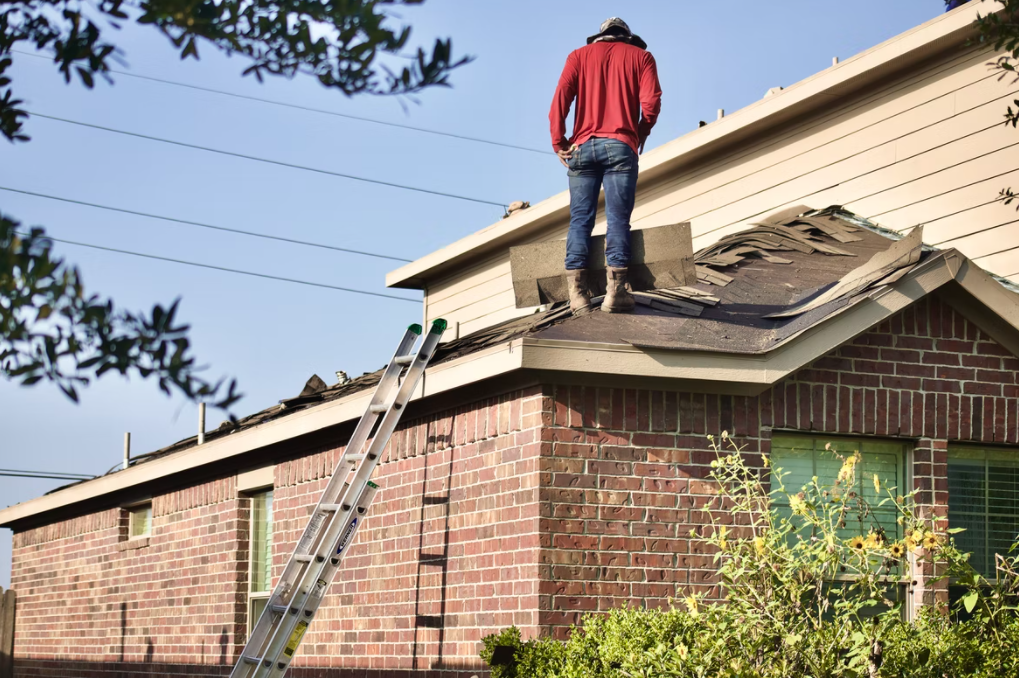The allure of real estate as an investment option is undeniable, offering a solid avenue for wealth growth and generation of passive income!
Category: How to
The Steinbridge Group: Building a New Real Estate Investment Model
Thinking about investing in real estate? Keep reading these tips from the pros!

The Steinbridge Group is a leading real estate investment and asset management company with offices in Philadelphia and New York that acquires, develops and repositions residential and mixed-use properties across transitioning submarkets of America’s growing metros.
The Steinbridge Group prides itself on creating and operating under a new real estate investment model, recognizing the need for single-family housing in gentrifying communities.
Tawan Davis is the Steinbridge Group’s CEO. A seasoned expert in American real estate who earned his MBA in 2006, Tawan Davis was just 15 years old when he first recognized a problem prevalent in many American cities.
Having grown up in Portland, Oregon, Tawan Davis recalls a conversation with his grandmother, when he asked her why everyone else had money and they didn’t. To put this in context, Portland is one of America’s most rapidly gentrifying cities today. Tawan Davis says that ever since, he has been trying to understand the economic gaps in the United States and why large groups of people are systemically financially underprivileged.
Realizing that the answer lies in a lack of access to real estate, Tawan Davis is leading the Steinbridge Group on a mission to invest in single-family homes in gentrifying communities, rebuilding them to a high standard and then offering them to working-class residents at attainable rents. Mr Davis points out that his approach is not only a good investment opportunity but is also in the public good.

Across the United States today, there are around 133 million housing units, 84 million of which are single-family homes. Of those, around 22 million are available to rent, mostly via individual landlords or couples. Many of these private landlords feel under economic pressure themselves, in a rapidly gentrifying community with taxes and costs on the rise.
As Tawan Davis explains, just 2% of these properties are owned by institutional investors, and most of these homes are located in suburban communities. Combined with the fact that more Americans are renting now than at any point in the last 50 years, it was clear to Tawan Davis that there was a market opportunity.
The Steinbridge Group works in a very different way from many real estate investment companies. While an obvious strategy might be to target states with large suburban populations and legislation enabling companies to buy foreclosed properties in bulk, this did not appeal to the Steinbridge Group. A popular investment route among smaller developers is flipping houses, i.e. buying, renovating, and selling homes quickly to make a tidy profit, further inflating house prices in the process. The Steinbridge Group opted against that too.

Instead, the Steinbridge Group devised a long-term plan to invest in rebuilding and maintaining rental properties throughout major East Coast cities. Under Tawan Davis’s stewardship, the company ensures that people who work in and around cities, including teachers, firefighters, and postal workers, can live there, despite falling within a demographic most affected by increasing housing prices. The Steinbridge Group operates with an emphasis on providing working-class families with a quality product, buying houses one-by-one, rebuilding them, and then renting out these high-quality, single-family homes for between $900 and $1,400 per month.
The company’s single-family investment program will see $500 million invested in transitioning urban markets, paving the way for the creation of more than 3,000 homes in major metros across the United States. The Steinbridge Group’s solution to the acute shortage in attainable rental properties is to create more opportunities to enable working-class families to remain in their communities. The Steinbridge Group aims to drive positive economic change at a local level without causing working-class families, many of whom have lived in the community for generations, to be displaced.
Under the leadership of Tawan Davis, the Steinbridge Group focuses on redeveloping single-family homes located in momentum submarkets of growing cities across the United States. After purchasing and rebuilding these properties to a high-quality standard, the company rents them to working-class families at sustainable rents.
Start a Home Detox Routine with Decluttering this Spring
Declutter your home this spring with some of these easy tips!
 Photos By: Unsplash
Photos By: Unsplash
You may have heard of detoxing your body for better health. But did you know that you can also detox your home? Detoxing your home works in a similar way only instead of eliminating unhealthy food, you eliminate items that are no longer useful within your decor. This routine is beneficial if your realtor has expressed that you need to stage your house to sell. Here are some ways to detox and declutter your home for spring.
Start By Getting Rid of The Excess
One of the best ways to detox your home is to kiss the clutter goodbye. If these items are still in good condition, consider giving them away to a local charity or thrift store instead of tossing them away. Otherwise, it may be a good idea to rent a dumpster or call a junk removal service to remove your unwanted items. Getting rid of excess will provide more space in your rooms and help you easily determine what items you need to replace this season.

Switch to Safer Cleaning Products
There are some products that you, your parents, and your parent’s parents have used to clean for decades without realizing they are very toxic. These products include toxins like phosphates, chlorine, or added fragrances. Instead of keeping the tradition of using toxic cleaning products, consider switching to those considered green products. These products usually have an EPA (environmental protection agency) Safer Choice seal.
Let in the Fresh Air
You may be tempted to turn on the air when it starts getting warmer. But since spring yields moderate temperatures in most places, it may be a better idea to open those windows. Allowing fresh air in improves your home’s air quality, reduces chances of sickness, and gets rid of odors.
Improve Your Home’s Water Quality
Your local water plant does all that it can to eliminate some of the most dangerous toxins in your tap water. However, they don’t eliminate all the bacteria, sediment, and germs in your water. Besides this, the pipes you have in your house may also bring in additional trace toxins. These tiny traces of germs and bacteria can lead to sickness in your family. It can even cause skin problems if you or your family members are allergic to what’s in the water. Installing a water filtration system can help detox your home. There are many options, including filtration systems that clean water for drinking and whole-house systems that remove toxins from drinking water and water for bathing.

Clean or Replace Your Bed and Bedding
You typically spend six to eight hours lying in your bed each night. As a result, pillows and mattresses are full of dust and germs that make them ripe for spreading disease. To help with detoxing your house, it is a good idea to clean your bed and bedding this spring so that you won’t encourage the growth of infection. In addition, if your mattress is over eight years old, you may want to consider getting a new one.
Decluttering is a great way to help you make more space in your home. But detoxing your home helps keep you and your family safe by improving air and water quality and minimizing the spread of disease. Spring is the perfect time to freshen up your space and make your home more functional.
The Cost Of Clutter: How Junk Impacts Your Finances, was contributed by Stand Up Guys. Stand Up Guys offers expert solutions in Dunwoody, Georgia







